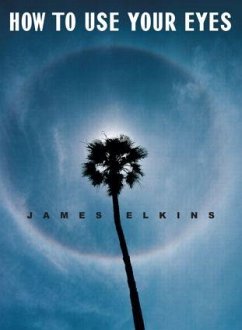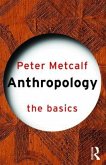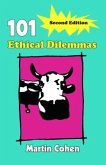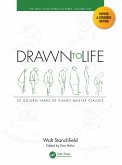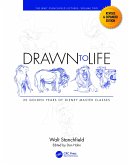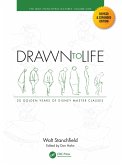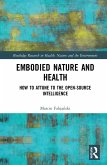Grass, the night sky, a postage stamp, a crack in the sidewalk, and a shoulder are ordinary objects of everyday life. But when we look at them - really look at them - what do we see? With the discerning eye of a painter and the zeal of a detective, the author invites us to look at the world around us, with breathtaking results.
Hinweis: Dieser Artikel kann nur an eine deutsche Lieferadresse ausgeliefert werden.
Hinweis: Dieser Artikel kann nur an eine deutsche Lieferadresse ausgeliefert werden.
"You know how you're always being challendged to specify what you'd want to take along for a stint of solitary confiment on some remote desert isle? With this dazzling volume, James Elkins effectively proposes that all you'd ever really need to bring would be your own eyes- your eyes, that is, properly tuned and vitalized. If the doors of perception were cleansed, Blake used to insist, we'd see the world as it truly is, which is to say, infinite. Leaving aside its vitalizing bounty of particular revelations, what Elkins is really offering with this marvelous book is nothing less than Murine for the mind, Windex for the soul."-Lawrence Weschler, author of Mr. Wilson's Cabinet of Wonder: Pronged Ants, Horned Humans, Mice on Toast and Other Marvels of Jurassic Technology
"A magical mystery tour of the ordinary and arcane. Elkins goes detecting, explaining, experimentaing so that, our vision revitalized, we can finally see."-Rosamond W. Purcell, photographer of Swift as a Shadow: Extinct and Endangered Animals.
"Intriguing, informative, and revealing. A beautiful guide to the art of not just looking but also seeing."-Antonio R. Damasio, neuroscientist and author of The Feeling of What Happens
"In 32 informed yet graceful essays, Mr. Elkins, a professor at the School of the Art Institute of Chicago, teaches you how to look at postage stamps, pavement, Egyptian hieroglyphs, the periodic table, grass, a twig, moths' wings, color, the inside of your eye and nothing at all, among other man-made and natural things."-The New York Times
"...Elkins proves himself an enthusiastic, fun guide. With dozens of full-color photographs, this is a great book for the coffee table."-Publishers Weekly
"...a useful book for writers, artists and teachers, as well as the rest of us to enrich our daily lives."-Marilee Reyes, Star-News
"Elkins shows us the extraordinary in the most ordinary of things."-Jerry Davich, Northwest Indiana Times
"An intriguing and beautiful project, it is wide-ranging and well-informed in the subjects it covers... this book...takes us on a fascinating exploration of the visual world- which we too easily forget extends beyond television, movies, and art museums- in all its rich diversity."-Lisa Soccio, afterimage
"A magical mystery tour of the ordinary and arcane. Elkins goes detecting, explaining, experimentaing so that, our vision revitalized, we can finally see."-Rosamond W. Purcell, photographer of Swift as a Shadow: Extinct and Endangered Animals.
"Intriguing, informative, and revealing. A beautiful guide to the art of not just looking but also seeing."-Antonio R. Damasio, neuroscientist and author of The Feeling of What Happens
"In 32 informed yet graceful essays, Mr. Elkins, a professor at the School of the Art Institute of Chicago, teaches you how to look at postage stamps, pavement, Egyptian hieroglyphs, the periodic table, grass, a twig, moths' wings, color, the inside of your eye and nothing at all, among other man-made and natural things."-The New York Times
"...Elkins proves himself an enthusiastic, fun guide. With dozens of full-color photographs, this is a great book for the coffee table."-Publishers Weekly
"...a useful book for writers, artists and teachers, as well as the rest of us to enrich our daily lives."-Marilee Reyes, Star-News
"Elkins shows us the extraordinary in the most ordinary of things."-Jerry Davich, Northwest Indiana Times
"An intriguing and beautiful project, it is wide-ranging and well-informed in the subjects it covers... this book...takes us on a fascinating exploration of the visual world- which we too easily forget extends beyond television, movies, and art museums- in all its rich diversity."-Lisa Soccio, afterimage

